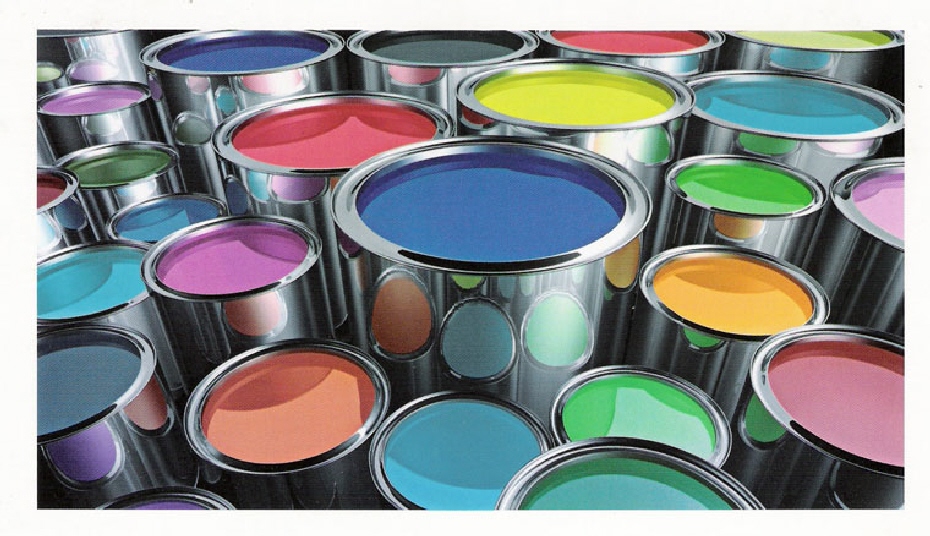How to Pick Paint Colors
 Painting a room or feature wall is a wonderful remodeling tool and can enhance the architectural character or intent of space.
Painting a room or feature wall is a wonderful remodeling tool and can enhance the architectural character or intent of space.
Before selecting a color, paint large test samples on various walls to view the shade from different angles. Also observe it in the daylight and after dark – in both natural and artificial lighting.
Decide on the “feel” of each room before picking a color. Take into effect room sizes, how bright (or dark) a room is, furniture, and the design appeal you want to create. Here are a few recommendations based on the design:
How to enlarge space with color
Painting walls with white, cream, pastels, or cool colors (hints of blue or green) creates the illusion of more space by reflecting light. Paint trim similar to walls or use a bright white high-gloss to ensure a seamless appearance that visually expands space.
Select furnishings in one color and paint walls and trim to match. Lack of contrast makes a room seem more spacious.
Make walls appear taller by extending wall color onto the ceiling. Rather than the traditional white ceilings, if you’re painting a neutral color, continue the color on both walls and ceiling.
If you’re going for a more bold approach, vertical and horizontal stripes of alternating color can make a room grand. While vertical stripes enhance room height by drawing the eye upward, horizontal stripes lure your gaze around the perimeter, making walls seem further away. Use similar light colors for low-contrast stripes, and your room will look even larger.
 Creating intimacy or serenity
Creating intimacy or serenity
When a space feels dark and cramped, make it cozy with warm colors (traces of red) because darker tones absorb light. Similarly, a dark or warm color overhead (in a flat finish) helps make rooms with high or vaulted ceilings less voluminous.
For adding tranquility, a palette of soft, understated color or muted tones help you instill a calming atmosphere. Some good choices include pale lavenders, light grays or greens, and wispy blues.
Define your assets and hide the flaws
Call out notable features! Dress crown molding and other trim in white to make it pop against walls with color. Make a fireplace or other feature a focal point by painting it a color that contrasts with walls. On the contrary, painting a room can hiding flaws or unwanted features that stand out. Keeping a low-contrast palette hides unappealing elements. Blend items such as radiators into the wall by painting them the same color as the wall.
What type of paint should you pick?
 Flat paint helps hide flaws and imperfections on the wall. It is generally easier to paint with a flat paint if you are doing it yourself – it rolls on much smoother. High-gloss is useful for trim, bathrooms, and dark/small spaces because it reflects light. Choosing a bright white color (in high-gloss) for the trim work creates crisp edges and clear transitions.
Flat paint helps hide flaws and imperfections on the wall. It is generally easier to paint with a flat paint if you are doing it yourself – it rolls on much smoother. High-gloss is useful for trim, bathrooms, and dark/small spaces because it reflects light. Choosing a bright white color (in high-gloss) for the trim work creates crisp edges and clear transitions.
So no matter what your reason is for painting – hiding flaws, defining assets, creating intimacy, enlarging the space, or just for fun – pick a color and paint type that suits the design feel you’re aiming for.
Hampton Roads Real-e-statement is written by Alyssa Godwin, a Realtor with Liz Moore and Associates. For more questions on staging contact Alyssa at 757-329-6161 or alyssagodwin@lizmoore.com. You can also find Alyssa on Facebook or on the web at www.lizmoore.com/alyssagodwin.

